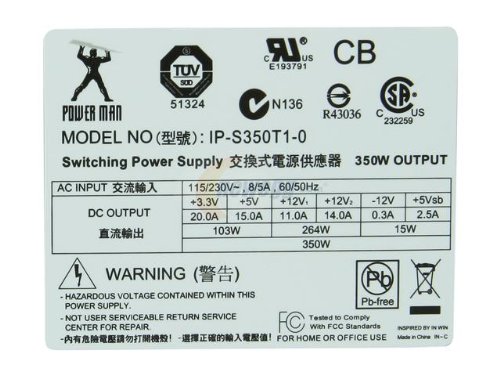Little update, finally got my mill/weigh station all set up. It is a 2x12 box that was scavenged from an old project. I can place two buckets underneath. I really like having the scale on the side as well. Wired in a switch on the atx itself and mounted to the side of the cart. I ran the wire through the top by the motor and along the underside, then out the side. Everything is sleek and most of it I had lying around. Has been working great, but did have the motor seize up on me once. I think it was a stick or rock, but flipped it on and off a few times and away it went. The most I have done was 35 lbs at one go, motor got pretty hot, forgot to measure temp. I think next time I may give it a few minutes in between to cool down. One of these days I'll get around to pulling the plastic off the mill casing!








